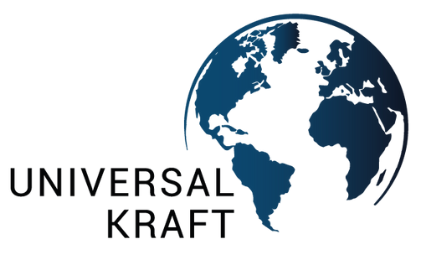
The energy and materials required to create the components of wind energy and solar power result in considerable carbon footprints. That’s why there is still studies being done on reducing that footprint.
According to Emily Mercer at National Renewable Energy Laboratory (NREL), the research has produced a glue that is easily recyclable and holds wind turbine blades together. The adhesive is made of resin that is produced from plant waste using a low-energy process. The new PECAN resin requires 30% less energy and produces 40% less emissions during production when compared to current glues made from non-renewable resources (such petroleum). The structural performance remains unchanged or, in certain instances, improves. Recycling PECAN resin is a simple process that may be completed at the decommissioning site of wind farms.
They began at the lab bench by making their resin in thimble-sized vials. The researchers then used their novel resin to successfully build a 9-meter prototype wind turbine blade (the size of a volleyball net) after numerous rounds of testing, fine-tuning, and gradually scaling up. This was a significant step toward the material’s preparation for mass production.
PolyEster Covalently Adaptable Network (PECAN)
The novel resin, dubbed PECAN, isn’t made or flavored with its nutty namesake; instead, it has an inventive composition. Rather, the name PolyEster Covalently Adaptable Network is an abbreviation for the molecular structure of the material. The PECAN resin was produced by the researchers using easily recovered biobased components from plant waste.

The issue of recyclability
You might be asking yourself, “What’s the point of using plant waste to make a wind turbine blade?”.
Recyclability and sustainability hold the key to the solution.
Historically, most resins used in wind turbine blades have been produced using a lot of energy and non-renewable resources, such as petroleum. Additionally, it is difficult or impossible to recycle them profitably without causing the material to degrade noticeably.
The wind energy sector needs a new, sustainable solution to decarbonize the energy sector and eliminate waste.
However, it turns out that developing polymers that are strong and easily recyclable can be a challenging task. But the NREL team is proving they can handle the challenge with the PECAN resin.
Enduring from the outset
To fully manufacture the PECAN resin, one biobased ingredient that can be employed is sorbitol, a common sugar found in plant waste. But PECAN-based wind turbine blades have benefits that go beyond using environmentally beneficial materials. Furthermore, it is a greener process to create a blade utilizing PECAN resin.

When compared to the epoxy that is usually used in modern wind energy turbine blades, the NREL team demonstrated that the PECAN resin generates 40% less greenhouse gas emissions and uses 30% less energy during production.
“This is enormous”, Murray remarked. “It decarbonizes each turbine’s first life and creates the potential for significant energy and financial savings.”
Designed to last
No matter how sustainable they may be, wind turbine blades must never be weak. For this reason, the NREL team developed the PECAN resin to have structural performance comparable to, or sometimes even superior to, that of current materials used in wind energy turbine blades.
In the “creep” section, for instance, the novel material performed better than conventional resins. Be at ease. In this case, creep does not refer to the quantity of spiders scuttling over the blade. Instead, the phrase refers to a blade’s ability to maintain its stiffness over time.
A wind blade may begin to lose its rigidity if it is allowed to hang in the air under its own weight for an extended period. Murray stated, “And that could be a really big problem with other resin systems.”
Murray went on, “We’ve been able to show the PECAN material performs really well on creep tests thanks to its unique chemistry.”
Murray claims that this suggests that PECAN resin-made blades might be recycled at the wind farm decommissioning location, potentially lowering emissions from blade transit and the carbon footprint of each turbine over time.
This isn’t a coincidence, of course. The NREL team carefully designed the resin to incorporate an ester linkage network, which is a unique set of chemical bonds that can be broken down using safe, affordable chemicals, facilitating quicker recycling of the material.
Made feasible in a unique laboratory
Murray noted that the research underpinning PECAN resin was made feasible by the distinctive research resources and facilities offered by NREL, including the Composites Manufacturing Education and Technology Facility.
“Everything we need is right here at NREL— from highly skilled biopolymer scientists to cutting-edge testing capabilities,” Murray remarked. “This has made it possible for us to expedite the entire research process, enabling us to turn this resin from conceptual chemistry to an actual blade in a matter of years —quite unprecedented!”.

The team plans to use the PECAN resin to make an even bigger blade before it is released onto the market.
Also the team hopes that their resin may easily replace the materials used in wind turbines today if all goes according to plan. And that’s a solution that the wind energy sector will undoubtedly find appealing.
Original Source: Energy Post

Wind has historically been an important part of Universal Kraft, with greenfield and brownfield operations around the world. We are currently working with wind in hybrid projects that combine wind and solar production in the same connection. Discover more here!




